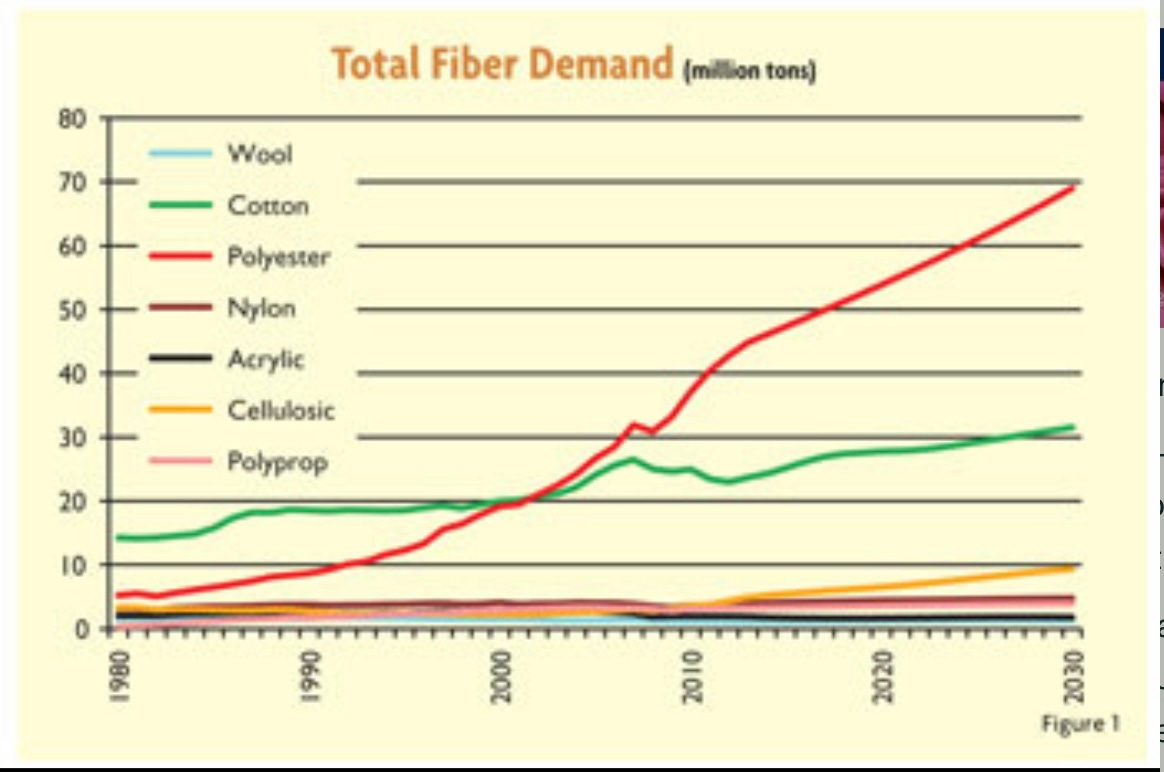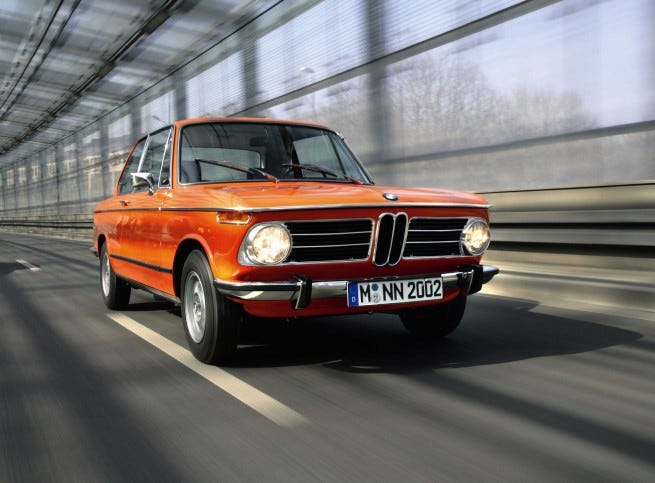“Ah, if only every Chinese person bought one more shirt …”
I first heard this wistful wish sometime in the early-to-mid 1980s, while working in sales at Imperial Chemical Industries (ICI), a large British chemical company, in Bombay. ICI operated a polyester production facility just outside the city, in Thane, which marked my first exposure to synthetic fibers—specifically, polyester.
In very simple terms, polyester was initially made by chemically combining DMT (Dimethyl Terephthalate) with MEG (Monoethylene Glycol). By the late 1970s/early 1980s Amoco and ICI had commercialized the production of PTA (Pure Terephthalic Acid) as a substitute for DMT - the fact that the PTA process did not yield Methanol as a by-product was surely a factor in its acceptance by polyester producers.
As a further (and final) chemistry lesson, PTA is made from Para-Xylene and MEG from Ethylene. At the time, both these products were made from Naphtha feedstock that was only available from crude oil refineries.
Back to China and shirts—being very India focused, this did not mean much to me as my worldview at the time did not have place for (or knowledge of) the agricultural reforms that had been initiated by Deng Xiaopeng in China.
Moving to Tradax in Geneva in 1986 and training to be a trader with the promise of developing the potentially huge Chinese market gave me a different perspective. It was clear to the person who hired me that the billion odd people in China would one day buy one more shirt and that would be the boom that I was going to step into while continuing to work the Indian market and learn stuff like long/short trading strategies.
By the mid 1980s, the reforms in China were picking up pace, and the government started loosening price controls and state ownership. It also encouraged foreign investments and trade in coastal regions. Consumer demand started to pick up and the economy was growing at 9-10% p.a.

As one can see from the above chart, the demand for polyester started to take off in the second half of the 1980s and rapid expansion of production was planned to satisfy the desire for another shirt. (In fact, the extreme versatility of this fiber helped it to grow beyond shirts - but that is another story.)
Amoco and ICI rushed to build world scale PTA plants (at the time 300,000 MT fit that description), but soon encountered a bottleneck.
Para-Xylene.
There just was not enough of this stuff around. Large oil companies were not interested in diverting Naphtha from fuel use to chemical use, and post the Gulf War in 1991 the world was in recession anyway.
There were two markets that were seemingly deaf to this. China—growing at 9-10% per year and India—undertaking swift market reforms following an IMF bailout of its economy. They wanted more and more polyester. Para-Xylene was getting shorter and pricier in the meantime.
Facing this supply crunch, a Taiwanese and an Indian family stepped in with a bold idea. “Why don’t we build a refinery?”. Unconventional thinking for chemical and fiber companies but they went ahead and did it, thereby becoming pioneers in securing their own feedstock supply.

Fast forward three decades, and the landscape has shifted dramatically. From chemicals demand generating oil demand, the trend is to try and create chemical demand so that oil can be used! Oil to Chemicals, often referred to as O2C, is on the radar of oil majors who are now buying or building chemical plants to ensure a market for their oil!
One has to be flexible with one’s game plans after all.
++++
Endnotes
Until 1995, the largest city in India was called Bombay in English and Mumbai in Hindi and Marathi.
This writer was involved for some time in working with ICI sales teams from the UK in pushing Indian polyester producers to switch from DMT to PTA.
Neither Amoco nor ICI exist as companies any more. Amoco was bought by BP in 1998 and ICI’s breakup started in 1993 with the creation of Zeneca.
Deng Xiaopeng initiated rural reforms in December 1978 which started to boost rural incomes and productivity.
The boom of the early ‘90s was interrupted by the Asian currency crisis of 1997/98 but then resumed with China joining the WTO in 2001 and integrating into the global economy.
As in previous Substacks, these posts are anecdotal in nature and reflect personal views and observations; rather than academic discourse.



Great anecdotal story laced with organic chemistry lessons !!
Nice story, Ashok.